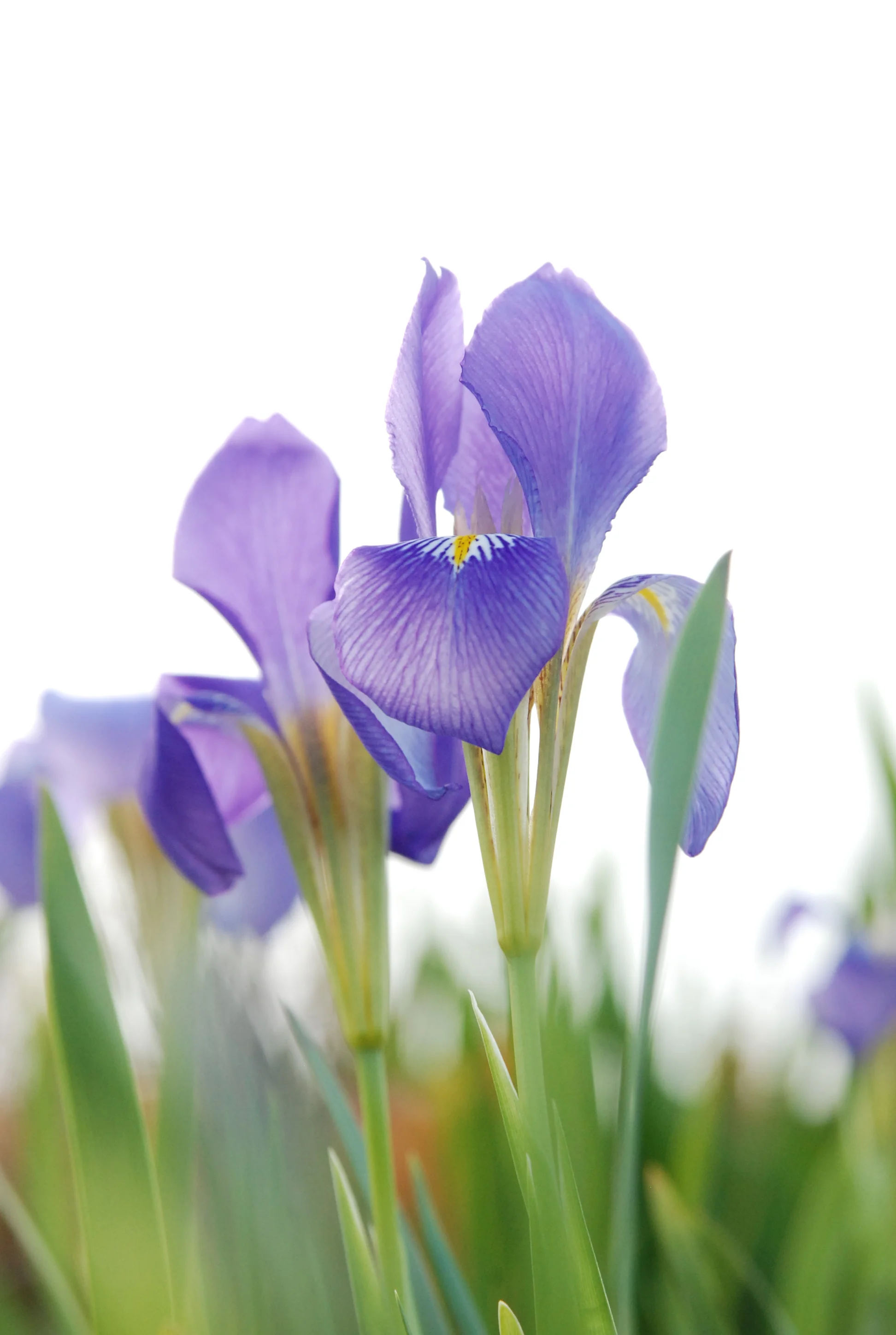Sojourn*Israel
By Brandon George
I came to Israel with the goal of interpreting this country’s culture through its landscapes, but after nearly two months here, my expectations for what I hoped to get out of this experience have already been greatly exceeded. I have chosen five photos to showcase Israel through a horticultural lens to give a sense of my journey thus far.
Pictured at Iris Hill in the Nes Ziyona Nature Preserve, Hamerkaz, Israel
Many countries have flowers that are incredibly precious to a group of enthusiastic gardeners. If England has a passionate group of people who obsess about Galanthus, than Israel may have something similar for those who love the native Irises. I can honestly say that I will leave Israel with an entirely new appreciation for Iris. I love all of the species and colors I have seen thus far. They are worth driving hours to find as their season is fleeting. Before coming to Israel I had never seen an Iris growing wild and after seeing them for the first time in Nes Ziyona, I can now understand the environment Iris atropurpurea thrives in. Iris Hill, which rises 50 meters above sea level, is a sandy-loam soil that supports irises and Retama raetam here at peak flowering in February amongst other plant species. There is incredible variation in Iris atropurpurea with clumps of black velvet, deep burgundy, and others the color of amber. This has been my greatest experience plant hunting thus far.
Pictured at Oranim Academic College in Kiryat Tiv’on, Israe
I find Cyclamen persicum to have an unexpected persistence here that has changed my opinion about the species since my arrival in Israel. While living in England three yearse ago, I once considered this plant to be incredibly delicate and vulnerable to diseases, but now realize how it is incredibly opportunistic in its native Mediterranean environment. The cyclamen, growing here in the Lower Galilee region, seeds around easily and thrives in the cracks of the limestone steps. Throughout the country, you will find them growing in walls, stone crevices, and anywhere there is ample winter moisture with good drainage. There is subtle color variation within the species and I find the shades to be beautiful, especially those that are pink. I have found plants growing in the sun have a subtle fragrance best appreciated on a warm day. The symbolism of this plant being the national flower of Israel is very appropriate based on its characteristics.
Pictured next to the Nes Ziyona Nature Preserve, Hamerkaz, Israel
Early in February, my friend Assaf and I weer fortunate to find this abandoned citrus grove on the border of the Nes Ziyona nature reserve. I insisted we walk through the knee-high weeds to see what we would find and was surprised to see so much beautiful fruit heavy on the trees. Here I had the pleasure of picking my first Jaffa orange. I found it to be perfectly ripe, having a thick peel with sweet, nearly seedless fruit. The Jaffa orange Citrus sinensis 'Jaffa', also known as "shamouti" orange, was once Israel's most famous agricultural export and a symbol of the young nation, but like this abandoned orchard, the importance of the crop has diminished in modern times. As agriculture becomes less important to the Israeli economy and restrictive water regulations take hold, the future of this crop and the citrus industry at large remains uncertain.
Pictured from a location off Highway 204 south of Dimona, Israel.
Like the Irises I have seen so far, I also have a new appreciation for the genus Narcissus. Within the Negev desert, you will find Narcissus tazetta growing in stone crevices and in dry river beds. The adaptability of this genus will surprise anyone who has grown them in a climate receiving abundant year-round rainfall. Here in the Negev, rainfall can amount to a few inches or be almost non-existent during the year and summer temperatures are frequently above 100F (37C). We found this particular group south of Dimona, and where the rain runs down the sandstone rocks through the crevices is where moisture collects and where this clump was found thriving. The incredible fragrance surrounded me in this sheltered spot on the beautiful warm day in January.
Prunus amygdalus at the Valley of the Cross Park in Jerusalem, Israel
The blossoming of almond trees signals spring in Israel, and on this particular year, the blooming coincided with the Jewish holiday Tu BiShvat. It celebrates the new year of trees and many are planted in celebration. A wild almond Prunus amygdalus which blooms earlier than the edible domesticated almond is shown here happily growing next to another native, a wild olive tree Olea europaea in the Valley of the Cross Park in Jerusalem. This is a place close to my neighborhood that I visit often to view the ancient olive trees that appear as living sculptures surrounded by limestone and ruins. I have found Israel to be like no other country I have ever lived in and experienced before, a country that feels both ancient and new simultaneously, its past and future is evident everywhere I go.











